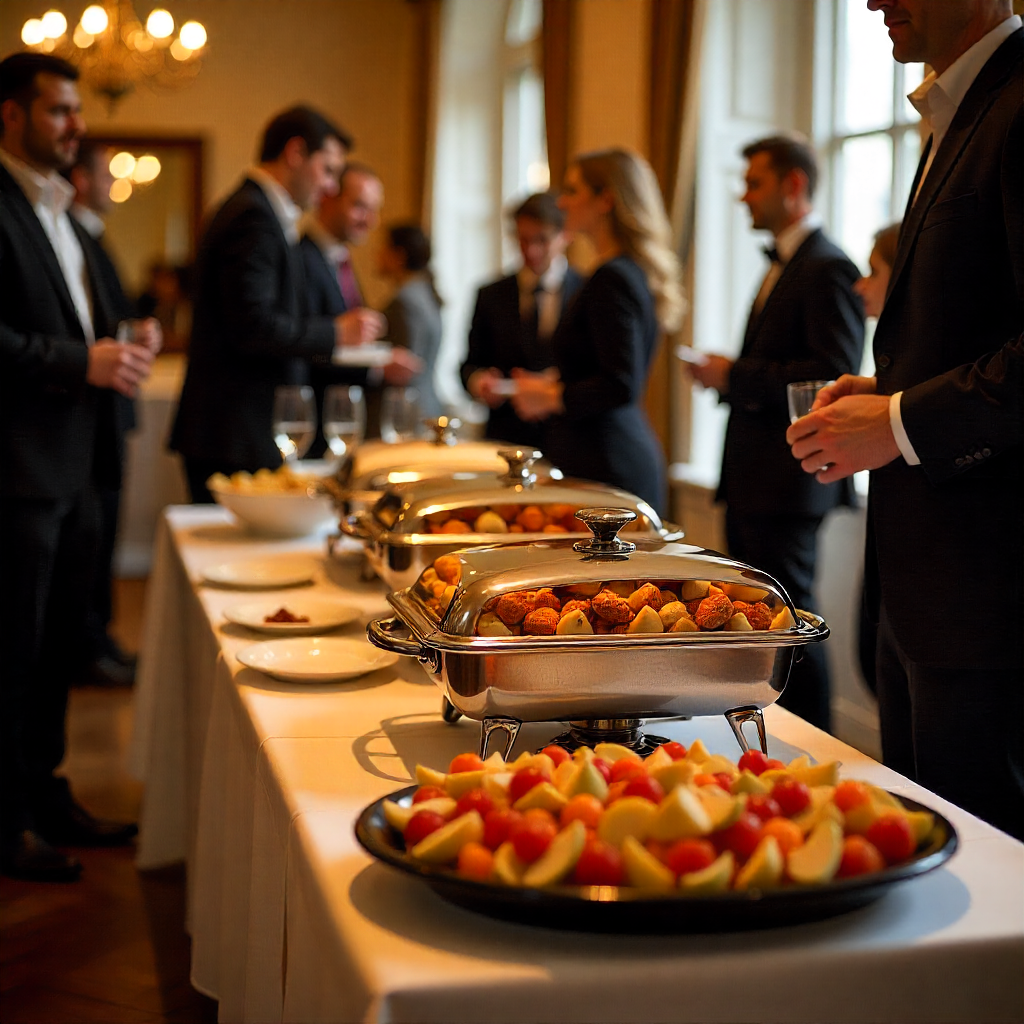When it comes to children’s learning, the best activities are those that combine play with skill development. One such tool that’s been gaining popularity among parents, educators, and therapists is the buckle board. At first glance, it may look like a simple wooden or fabric board with buckles, zippers, snaps, and laces, but it’s actually a powerful developmental toy designed to boost fine motor skills, hand-eye coordination, and independence.
In this article, we’ll take a deep dive into what buckle boards are, why they’re important, the skills they help build, how to choose the right one, and even some DIY ideas for creative parents.
What Is a Buckle Board?
A buckle board is a hands-on learning tool designed primarily for young children. It usually features a variety of fastening mechanisms—buckles, zippers, snaps, Velcro strips, buttons, ties, and hooks—attached to a board or soft fabric surface.
The goal is simple: children practice fastening and unfastening each element, improving dexterity while having fun. Think of it as a “busy board” focused specifically on fine motor tasks related to dressing skills.
Buckle boards are often used for:
- Toddlers and preschoolers learning independence.
- Children with developmental delays to practice motor skills.
- Occupational therapy sessions to support kids with sensory or motor challenges.
- Travel toys, since they keep little hands busy without screens.
Why Buckle Boards Matter
Childhood development experts emphasize the importance of tactile, hands-on play. A buckle board offers more than just entertainment—it supports critical growth milestones.
1. Fine Motor Skills
Every clasp, zipper, and snap requires small hand movements. These repetitive actions strengthen muscles and improve coordination, which are essential for writing, drawing, and using tools later in life.
2. Practical Life Skills
From putting on shoes to fastening car seat belts, buckling and unbuckling are everyday tasks. Buckle boards give children a safe, stress-free space to practice.
3. Problem-Solving Abilities
Children learn through trial and error. Each buckle is a mini puzzle that encourages logical thinking and persistence.
4. Sensory Stimulation
Different textures and resistance levels provide rich sensory input, which is especially beneficial for children with sensory processing needs.
5. Confidence and Independence
Mastering each fastening mechanism builds a child’s self-esteem. The pride of being able to “do it myself” is invaluable for emotional development.
Buckle Board vs. Busy Board
It’s easy to confuse the two, but there’s a subtle difference:
- A busy board often includes a wide variety of household objects like switches, locks, wheels, and handles.
- A buckle board focuses primarily on fasteners and dressing-related activities.
Both are fantastic tools, but if your goal is specifically to support dressing independence and fine motor mastery, a buckle board is the winner.
Different Types of Buckle Boards
Not all buckle boards are the same. They come in different styles to suit various needs.
1. Wooden Buckle Boards
- Sturdy and long-lasting.
- Usually mounted with metal or plastic buckles.
- Great for classroom use or therapy centers.
2. Fabric Buckle Boards
- Soft and lightweight.
- Easy to roll up and carry—perfect for travel.
- Often include zippers, buttons, and Velcro in addition to buckles.
3. Montessori Buckle Frames
- A single square frame with one type of fastener.
- Focused practice on one skill at a time.
- Common in Montessori schools.
4. Travel Buckle Boards
- Designed for cars, airplanes, or restaurants.
- Compact, colorful, and highly portable.
How to Choose the Right Buckle Board
When shopping for a buckle board, consider the following:
- Age Appropriateness: Boards for toddlers should use larger, easier buckles, while preschoolers may be ready for smaller, more complex fasteners.
- Material Quality: Wooden boards are more durable; fabric boards are more lightweight. Choose based on intended use.
- Safety: Ensure there are no sharp edges or loose parts. Buckles should be securely attached.
- Variety: Look for boards with multiple fasteners to keep children engaged.
- Portability: If you plan to use it as a travel toy, a foldable or fabric board may be best.
Benefits for Different Age Groups
Toddlers (1–3 years)
- Start exploring simple Velcro, snaps, and large buckles.
- Encourages curiosity and early independence.
Preschoolers (3–5 years)
- Practice zippers, laces, and smaller buckles.
- Builds school readiness by refining pencil grip and control.
Older Children (5+)
- Useful for children with developmental or motor challenges.
- Helps prepare for tasks like tying shoelaces and fastening belts.
Buckle Boards in Occupational Therapy
Occupational therapists frequently use buckle boards as part of developmental exercises. They help children who struggle with:
- Low muscle tone.
- Poor coordination.
- Delayed fine motor skills.
- Difficulty with dressing tasks.
Therapists often customize the level of challenge by starting with easier fasteners and gradually introducing more complex ones.
DIY Buckle Board Ideas
For crafty parents, making your own buckle board can be a rewarding project. Here are some tips:
- Base Material: Use a wooden board or thick fabric panel.
- Fasteners: Repurpose old belts, backpack buckles, shoe laces, and zippers.
- Arrangement: Space out the fasteners so little hands can manipulate them easily.
- Add Color: Bright fabrics and buckles make the board more engaging.
- Safety First: Sand down wood edges and double-stitch fabric parts to avoid hazards.
Not only is a DIY buckle board budget-friendly, but it also lets you personalize the experience for your child.
How Buckle Boards Reduce Screen Time
In today’s digital world, many parents worry about excessive screen exposure. Buckle boards offer a hands-on, non-digital alternative that keeps kids engaged for long stretches. They’re especially handy during car rides, waiting rooms, or family dinners.
Instead of relying on tablets or phones, a buckle board provides stimulating play that supports real-world skills.
The Market for Buckle Boards
According to a 2023 early learning products report, educational toys that promote practical life skills have seen a 20% rise in sales globally. Buckle boards, being affordable and compact, are a favorite among eco-conscious parents seeking long-lasting, non-electronic toys.
You can find buckle boards on platforms like Amazon, Etsy, and specialty Montessori retailers. Prices typically range from $20 to $50, depending on complexity and material.
Final Thoughts
The buckle board is more than just a toy—it’s a gateway to independence, confidence, and skill-building. By encouraging children to practice fastening and unfastening, it develops fine motor skills, sharpens problem-solving, and prepares them for daily life tasks.
Whether you buy a ready-made version, use it in therapy, or create a DIY board at home, one thing is certain: this simple learning tool can have a lasting impact on a child’s development.
So, the next time you’re looking for an engaging, educational gift for your child, consider a buckle board. It might look like just a board with buckles—but in reality, it’s a powerful tool for learning through play.


